What are Perennial Weeds?
Perennial Weeds are longer lived plants that can survive winter or regrow from roots, rhizomes or tubers in spring after a period of dormancy. Many weeds that grow from seed ...

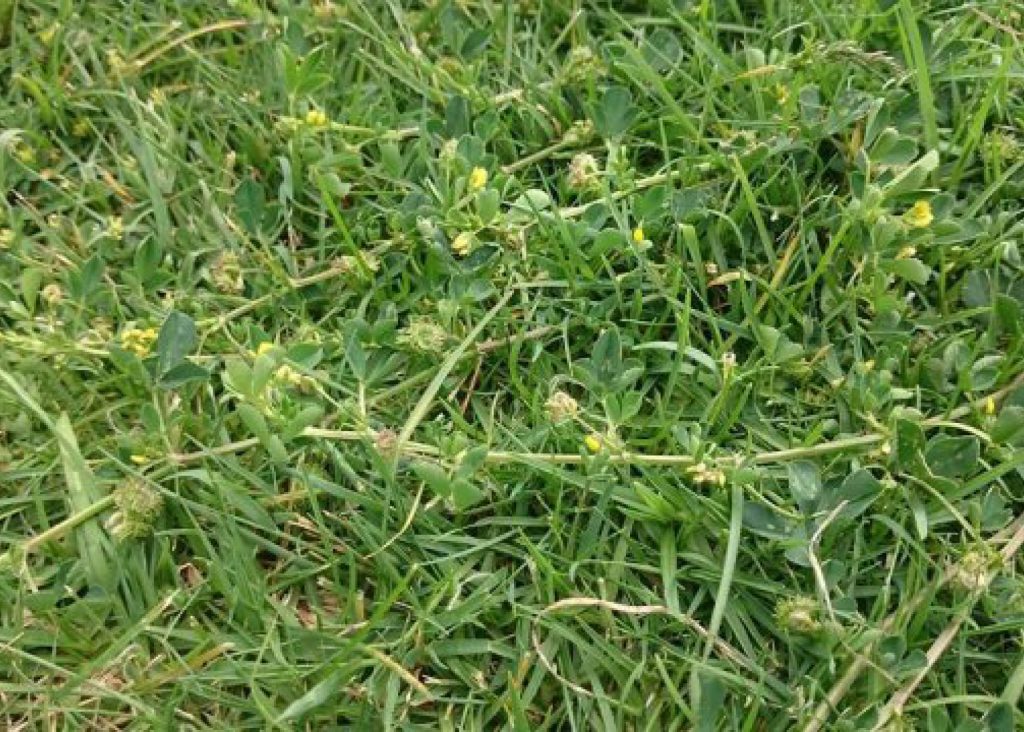 If you’ve ever stepped on a round spiny ball while walking barefoot on your lawn, there’s a good chance your lawn has burr weed. Also known as burr medic, this sprawling weed spreads by producing burrs that cling to clothes and animal fur in its quest to invade your lawn.
If you’ve ever stepped on a round spiny ball while walking barefoot on your lawn, there’s a good chance your lawn has burr weed. Also known as burr medic, this sprawling weed spreads by producing burrs that cling to clothes and animal fur in its quest to invade your lawn.
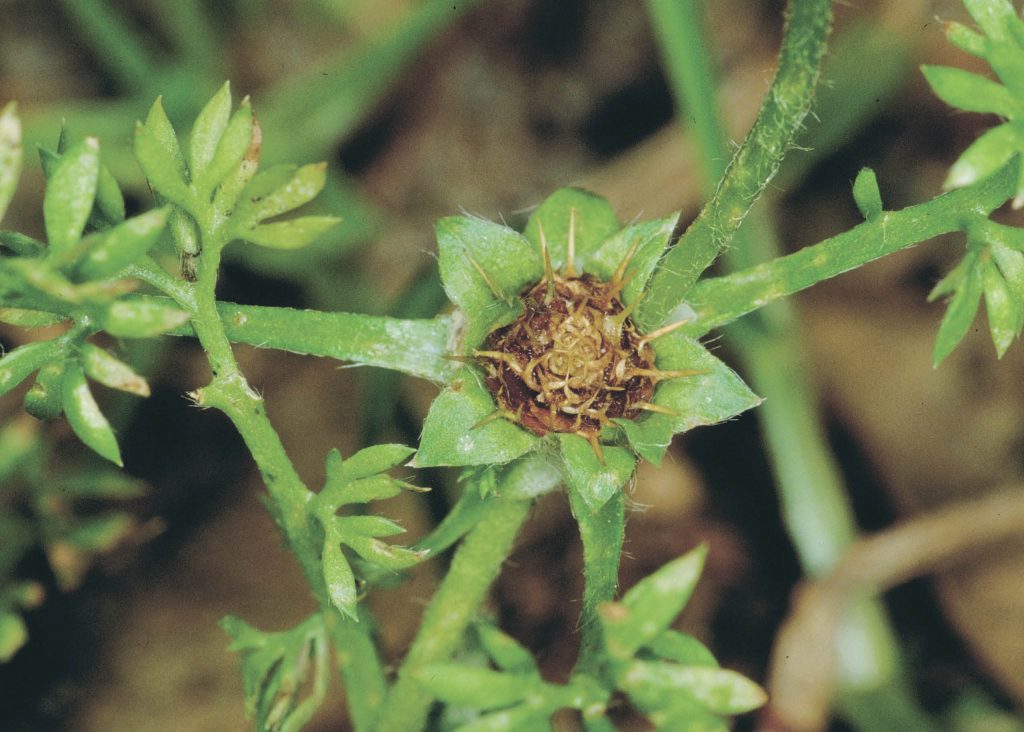 Burr weed – also known as burr medic – is a creeping trifoliate weed that is found in most parts of Australia but is most common in the southern and eastern states. It is considered an environmental weed in Victoria, New South Wales, and Western Australia.
Burr weed – also known as burr medic – is a creeping trifoliate weed that is found in most parts of Australia but is most common in the southern and eastern states. It is considered an environmental weed in Victoria, New South Wales, and Western Australia.
It is frequently found in parks, footpaths, gardens, and lawns, as well as in agricultural crops and pastures.
Burr weeds can grow in a variety of conditions and soil types, but they thrive in heavy clay soils, and tend to prefer neutral or alkaline soils. The weed germinates through autumn and winter, with flowers emerging in the springtime.
Reproduction of burr weeds occurs by seed, which are contained in the prickly burrs that emerge after flowering. Due to their prickly nature, these burrs can easily attach to animal fur or clothing, which means that the seeds do not need to rely on wind to be dispersed across the garden. You could be inadvertently spreading the seed just by going for a stroll in your backyard.
Like clover, burr weeds are trifoliate, which means that the leaves are divided into three heart-shaped leaflets. The leaves have serrated edges, and the stems are long and reddish.
Small yellow pea-shaped flowers are often seen in small clusters of 2-10 flowers on burr weed. Flowering occurs from late winter, through to early summer.
Burr weed gets its name from its fruit, which is a small spiny burr. These burrs start off green, but eventually turn brown and dry up, releasing the seeds into the surrounding environment.
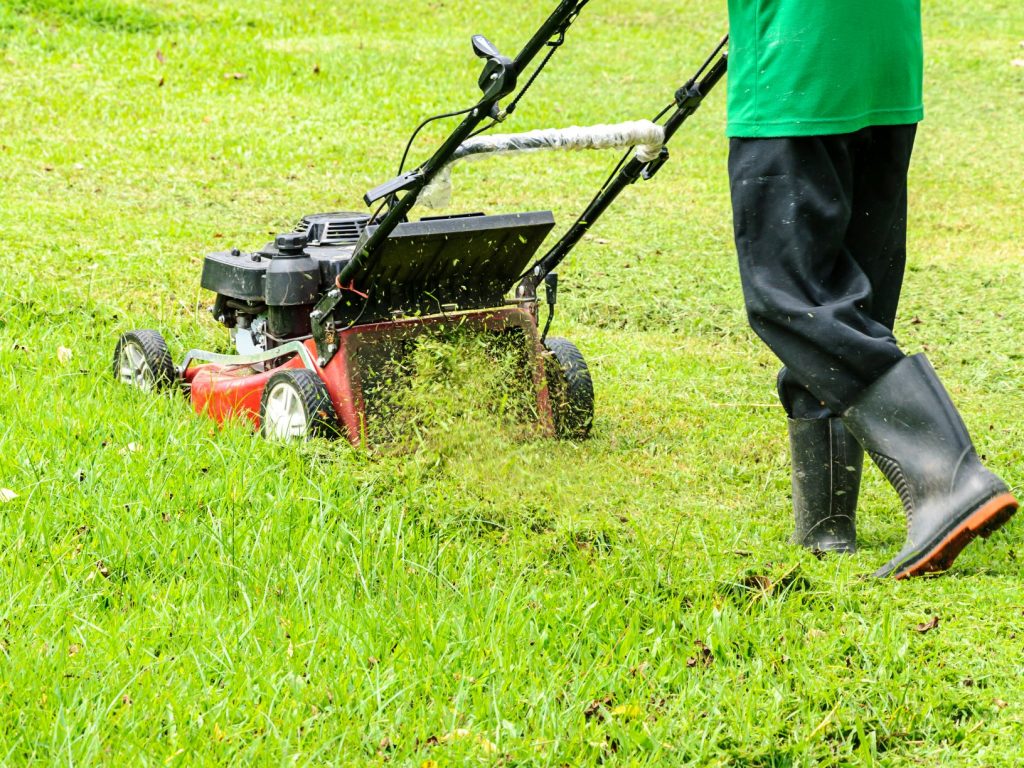 Controlling burr weeds can be a challenge. They spread easily, so control methods should be undertaken before flowering before the seed has a chance to set.
Controlling burr weeds can be a challenge. They spread easily, so control methods should be undertaken before flowering before the seed has a chance to set.
Regular mowing can help to control the spread but does not eradicate the weed completely. If the affected area is small, you can try to manually remove the plants, but be careful not spread the burrs to other areas of the lawn. Other methods, such as the use of herbicides or non-chemical methods, such as boiling water, will kill the plant, but not the seed containing burrs left behind.
One strategy is to try to remove the burrs from the lawn, before spraying with a pre-emergent herbicide. Drag an old blanket across the affected area to snag the burrs in the lawn. Once you have removed as many burrs as possible, application of a pre-emergent weed killer will prevent any leftover seeds from germinating and taking hold in your lawn. This is best done in spring when new seedlings are ready to emerge.
A post-emergent broadleaf weed killer, applied prior to flowering in spring, will also prevent new seeds from being released by the burr weed. Allow two weeks for the herbicide to work and reapply if any weeds emerge or reappear after this time.
Once the burr weed is controlled, you should take care of your lawn. Make sure your grass is well nourished through regular fertiliser applications and adequate watering. The health of your grass will be improved by soil aeration of compacted areas on an annual basis.
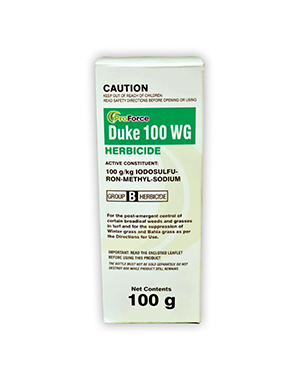
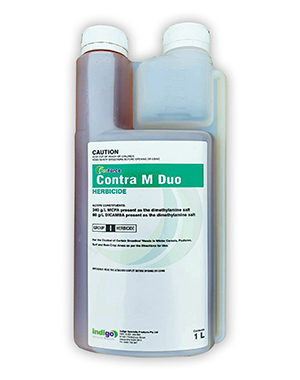
Indigo ProForce Contra M is a reliable, selective liquid herbicide used to control broadleaf weeds, including burr medic. It cannot be used on Buffalo lawns, but is suitable for use on Zoysia, Kikuyu and Couch grasses.
SHOP NOWBurr weeds are a painful problem, which can be managed with some effort. These low growing weeds love to spread with the help of others, so management techniques should focus on removing the seed-carrying burrs and killing the plant before flowering. While there are chemical herbicides to help kill burr weeds, maintaining good soil and lawn health, through regular nutrition and watering, is the best way to outsmart this clever weed. Remember, the healthier your soils, the healthier your lawn.
For more information on leading herbicide treatments for your home lawn, visit myhomeTURF’s online store.